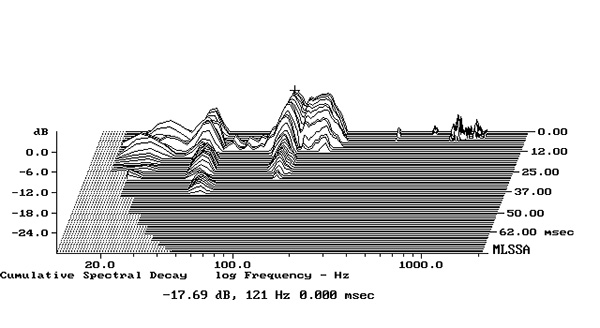| Columns Retired Columns & Blogs |
Would be interested to read your take on the Graham LS8/1, their updated version of the Spendor BC1, as designed by Derek Hughes. I have found contentment with those (famous last words). I have owned other speakers that do this or that thing better, but when I listen to the LS8/1, I am grateful for the music and don't want anything else.















































